Venice Simplon-Orient-Express: Our History
Venice Simplon-Orient-Express: Our History
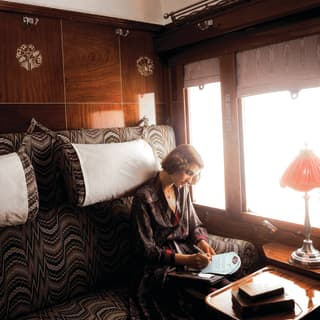
The carriages that make up our train have held a distinguished role in the art of continental travel for over 100 years. With grand interiors and flowing champagne, we pioneered the most magnificent mode of transport to tour Europe and her finest cities. Now, it’s time for you to be part of our story.
GOLDEN AGE OF TRAVEL
The carriages you see on the Venice Simplon-Orient-Express today were created between 1926 and 1949. They echo the style of carriages previously introduced in the US by George Mortimer Pullman – whose surname remains a byword for luxury rail travel.
Step aboard the Venice Simplon-Orient-Express and you become part of its incredible history. Each authentic art deco carriage has its own dynamic story and panels at the end of each car reveal all. Sleeping Car 3309, for example, was marooned in a snowdrift for 10 days in 1929, (the incident that inspired Agatha Christie’s most famous novel, Murder on the Orient Express). Meanwhile, Sleeping Car 3425 is famously associated with King Carol, who escaped Romania with his mistress aboard the train in 1940. Sleeping Car 3544’s varied fortunes ranged from carrying the rich and famous on Le Train Bleu to being used as a wartime brothel.
A NEW BEGINNING
In 1977, American entrepreneur James Sherwood embarked on a mission to bring the train back to life. Starting with two original carriages bought at auction in Monte Carlo, he went on to track down lost carriages and meticulously restore them. Highly skilled craftspeople were sourced to work on the interiors, including marquetry specialist Bob Dunn, whose grandfather worked on the originals, and master glassmakers at Lalique, whose founder, René Lalique, created the famous panels in Dining Car 4141. The train was relaunched to global acclaim in 1982.
Each year when the train does not operate, the carriages are taken to French or Italian workshops to be skilfully examined. Every detail is checked, cleaned or restored, from the Chinese lacquerwork to the mechanical components.
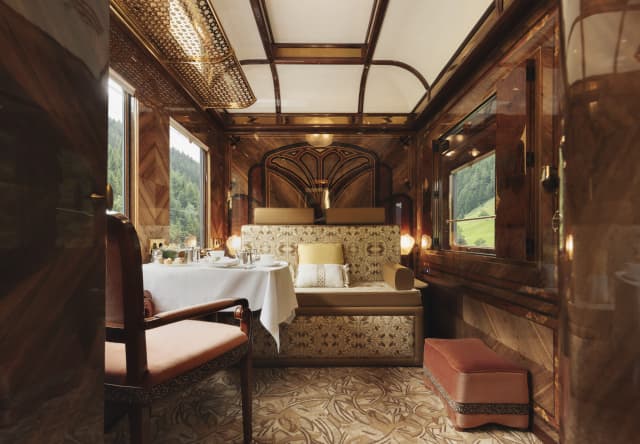
Sleeping cars 3309 and 3425 became Grand Suites: Paris, Istanbul, Vienna, Budapest, Prague and Vienna. In total, six Grand Suites were added to the legendary train, each named after an iconic European city the train travels through. The epitome of luxury, the Grand Suites were created with the same scrupulous craftsmanship that informs the entire train. They hark back to the days when nobles and aristocrats would design and customise their own private railway carriages. Homage was paid to these sumptuous interiors with plush fabrics and luxurious finishes, intricate wood panelling and hand-blown Italian glass basins.
Soon after, we added four new Suites, each inspired by a fusion of the landscape our train travels through: lakes, mountains, forests and countryside. These reimagined suites were fully restored by expert craftsmen in France, and complement the existing Grand Suites and Historic Twins that make up our sumptuous on board experience.
Our next chapter? L’Observatoire Carriage, an artwork in motion created by pioneering French artist JR.
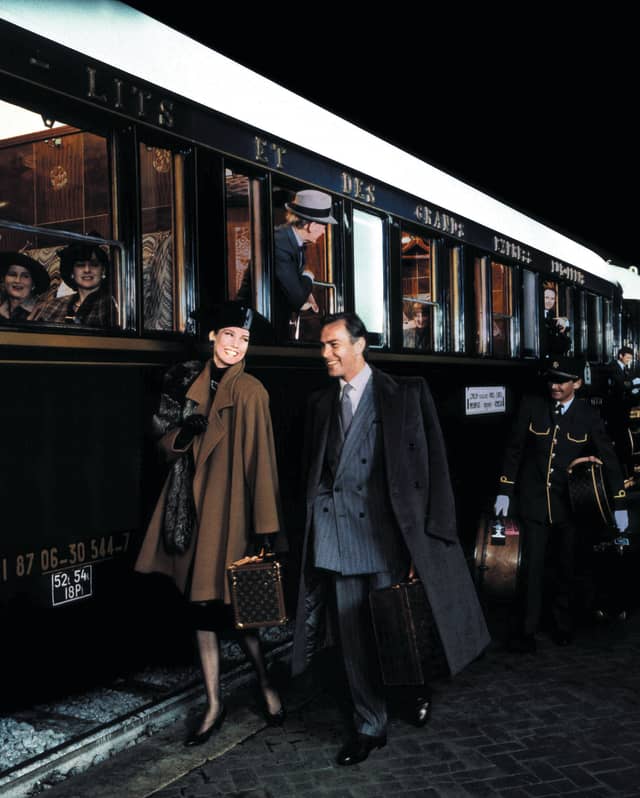

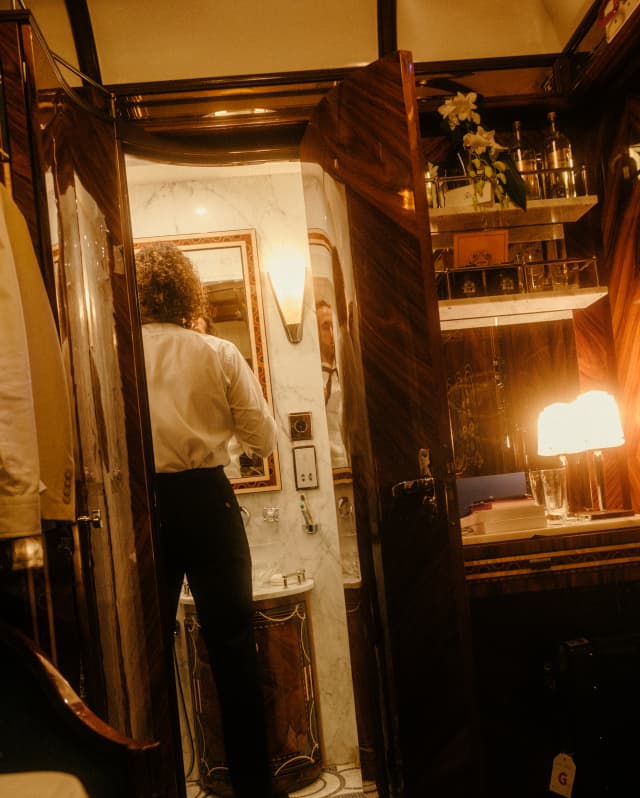
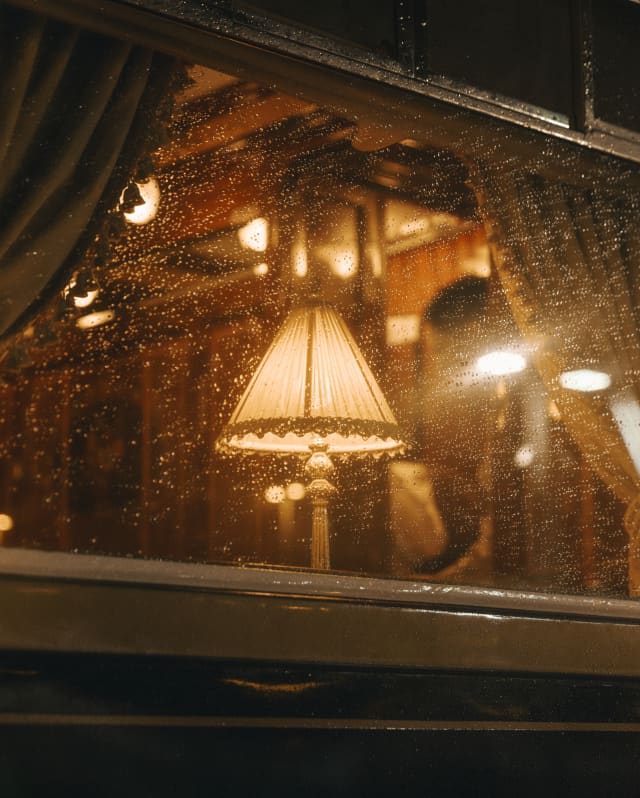
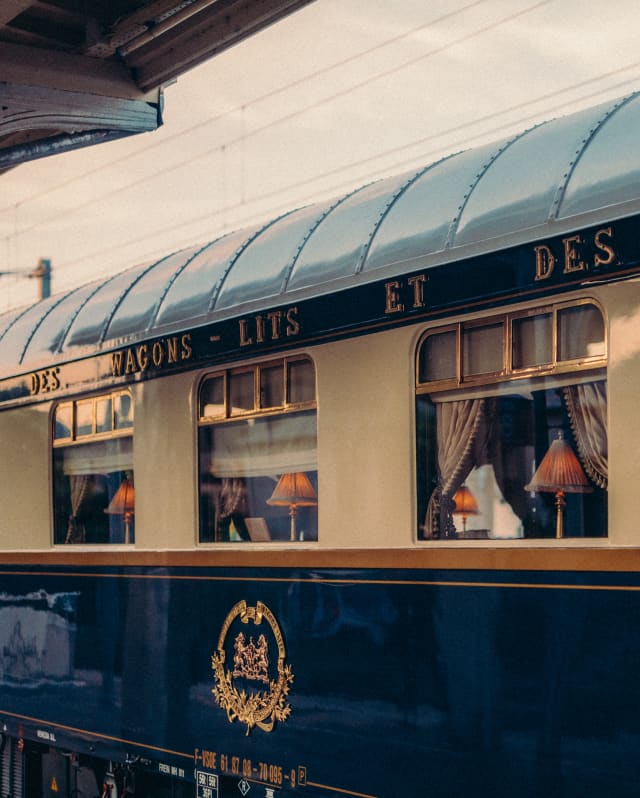
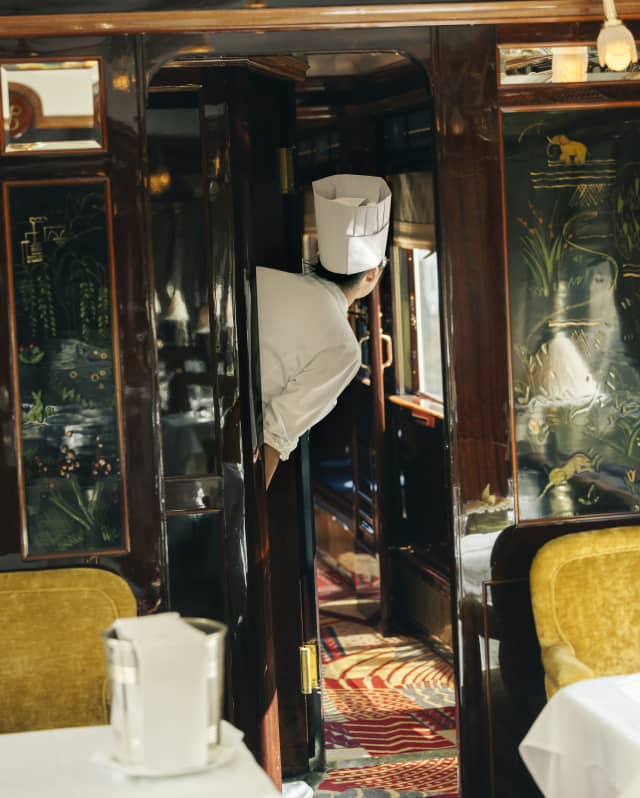
OUR INDIVIDUAL CARRIAGE HISTORY
SLEEPING CAR 3473
Built in Birmingham 1929 and started service as part of Le Train Bleu. In 1937, joined the Nord Express for two years running from Paris to Berlin to Niegoreloye on the Russian Border. During the war it was stored in France before rejoining Le Train Bleu and eventually the Simplon-Orient-Express.
SLEEPING CAR 3482
Built in England 1929, it was immediately connected to Le Train Bleu alternating between this and the Rome Express. In 1937, it was transferred to the Nord Express from Paris to Riga. It also ran on the Simplon-Orient-Express as well as the Lombardy Express. Later transferred to the Costa Vasca Express from Madrid to Santander in 1971.
SLEEPING CAR 3483
Built in Birmingham in 1929. In the 1930s, it formed part of Le Train Bleu, the Rome Express and the Nord Express. At the beginning of the war it was stored in Pouancé. Following the war, the carriage served in the Simplon-Orient Express and ran in Costa Brava Express 1973-1977.
SLEEPING CAR 3525
Briefly into service on the Pyrenees Cote d’Argent Express which ran from Paris to Biaritz. From 1930-1939 the car alternated between Le Train Bleu and the Rome Express. It was stored in Lourdes throughout the war and returned to Le Train Bleu 1946-1948 and 1961-1939. Ran on the Simplon-Orient-Express and the Rome Express in-between and was transferred to Spain in 1969 and stayed with the Costa Vasca Express until it was withdrawn in 1972.
SLEEPING CAR 3539
Formed part of the Pyrenees Cote d’Argent Express for one year and then transferred to Le Train Bleu in 1930. Stored in Paris during the war and used by the US Army Transportation Corps between 1945-1947. It ran on the Mozart Express in 1947, later it joined the Simplon-Orient-Express and Rome Express until 1971 when it was withdrawn.
SLEEPING CAR 3543
Built in France and decorated by Rene Prou. Went into service on Pyrenees Cote d’Argent Express and Le Train Bleu until 1932. Withdrawn during the Depression and returned afterwards to service on the Rome Express. After the war it re-joined Le Train Bleu 1950-1956 and finished service in the Simplon-Orient-Express 1961-1969.
SLEEPING CAR 3544
First on the Pyrenees Cote d’Argent Express and Le Train Bleu. Stored in the Depression at St Denis in Paris and emerged to enter service between Marseilles and Paris with the Rome Express. During the war, it was stored at Limoges where it was used as a brothel. In 1946, it was elevated to become part of the Royal Dutch Train until 1948. It then returned to Le Train Bleu for two years.
SLEEPING CAR 3552
It was in the Pyrenees Cote d’Argent Express for the whole of 1930, garaged at Lourdes at the beginning of the war and finished as a hotel in Lyon. It ran briefly in the Etoile du Nord in 1945, in boat trains to Brest and in the Simplon-Orient-Express from 1946-1949. Eventually it formed part of Costa Vasca Express.
SLEEPING CAR 3555
First class “luxe” sleeping car built 1929 by Entreprises Industrielles Charentaises Aytré, La Rochelle, France. Decorated by Nelson. Pyrénées-Côte d’Argent-Express 1929-1939; used as hotel in Lyon during World War II; Paris-Brest boat train 1945-1949; Simplon-Orient-Express 1949-1961, Sud Express 1969-1971. Tiger-Lily marquetry decoration.
SLEEPING CAR 3425
Built in England 1929 and shipped to the continent for service across many routes and joining the rake of a number of trains including Rome Express, the Orient Express, The Arlberg-Orient-Express, The Engadine-Oberland Express and the Simplon-Orient-Express. Famously associated with King Carol of Romania who escaped Romania with his mistress in 1940 whilst travelling on the train.
SLEEPING CAR 3309
Built 1926 in Belgium. Operated as part of the ‘Orient Express’ 1928-1939. Connected to a number of dramatic incidents throughout history, 1 February 1929 it was marooned in a snow drift sixty miles from Istanbul for 10 days (the incident that inspired Agatha Christie’s most famous novel, Murder on the Orient Express).
BAR CAR 3674
Built in France in 1931. Its history features domestic services in France during the German occupation and after the war it ran in the Sud Express from Paris to Irun on the Spanish border.
RESTAURANT CAR 4095
Built in Birmingham 1927 in the ‘Etoile du Nord’ style. Formed part of various trains prior to its restoration in order to form part of the Venice Simplon-Orient-Express. From the Etoile du Nord, an all Pullman service from Paris to Amsterdam to the Edelweiss Train de Luxe from Amsterdam to Basle and on to Lucerne. In 1929, Pullman 4095 joined the Cote d’Azur Pullman Express.
RESTAURANT CAR 4110
Built in Birmingham 1926. 1928 it formed part of the Etoile du Nord, and then 1928- 1929 with the Edelweiss along with 4095 – parting company when it was sent to Bucharest in Romania to become part of the Danube Express. It remained in this service until 1933 except for one summer that it spent as part of the Carpathian Express. It also formed part of the inaugural run of the Rapid King Carol 1 Pullman – one of the most popular services in Romania along the Black Sea.
RESTAURANT CAR 4141
Lalique Pullman built 1929 as a first-class Pullman and was decorated by Rene Lalique in the ‘Cote d’Azur’ style. The car went onto the Cote d’Azur Pullman Express immediately and then switched to the Deauville Express. Joined the Sud Express until 1935 when it remained with the L’Oiseau Bleu out of Amsterdam to Paris. Following the war, it joined the Etoile du Nord. In May 1947 it joined The Flèche d'Or.
Delve deeper into
You might also enjoy
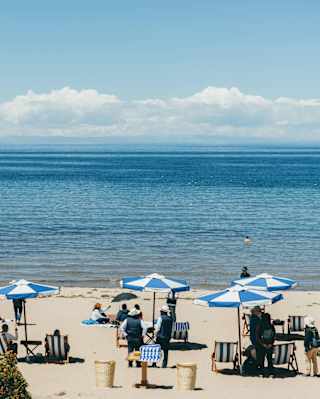
Hello From the World’s Highest Beach
Most beaches meet the sea, however, this one greets the sky. Stake your spot at Collata Beach on Lake Titicaca’s Taquile Island, where Belmond’s Andean Explorer is offering a rare trip to the shore at an altitude of nearly 4,000 metres.

Peru: An Odyssey Across a Time-Honoured Land
In this extract from “Peru: An Odyssey Across a Time-Honoured Land,” a new book published by Assouline in collaboration with Belmond, journalist Catherine Contreras reveals a Peru travel guide, inviting readers to explore one of the planet’s most captivating destinations and showcasing the beauty of the locations where Belmond’s hotels and trains are found throughout Peru.
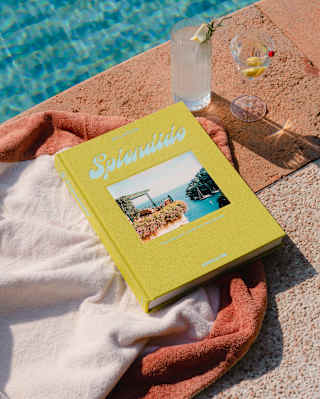
Splendido: The Radiant Stage of Portofino
For the new Belmond Assouline travel book, British journalist Matthew Bell dives into the history of Splendido to tell us the tales of the gem of the Italian Riviera. The hotel, which has entered a new chapter on the radiant stage of Portofino after a painstaking renovation, transforms into a mythical legend in the new Assouline travel book – discover an excerpt from the guide and read about the secret stories behind the iconic destination.
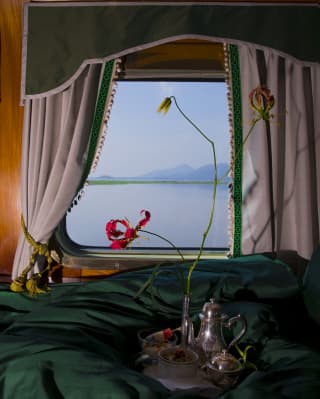
Go with the Slow: The Rise of Train Travel
Belmond continues to shape the future of luxury train travel, marked this year by the arrival of the Britannic Explorer, the first train of its kind in England and Wales. Monisha Rajesh – author of four travel books including ‘Moonlight Express: Around the World by Night Train’ – discovers why slow travel is having a resurgence.
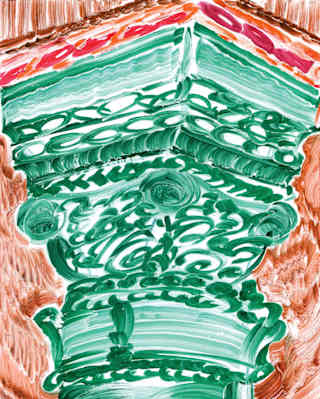
Quite the Site: Luxury Travel to UNESCO World Wonders
As proud custodians of historic properties near cultural and natural wonders, Belmond’s hotels and trains are the perfect choice for travellers with a historical hankering. Whether you’re marvelling at the ingenuity of the ancient Romans in Britain or the wonders of the Mayas in Mexico, our properties are your gateway to the past.
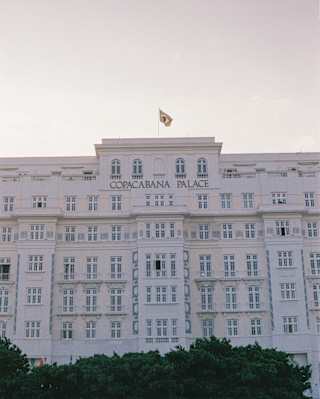
Belmond Legends: Copacabana Palace
Welcome to Copa, the legendary stage for the most glamorous encounters and iconic revellers. This is the place where Rio entertains and enchants. The place where Rio starts.
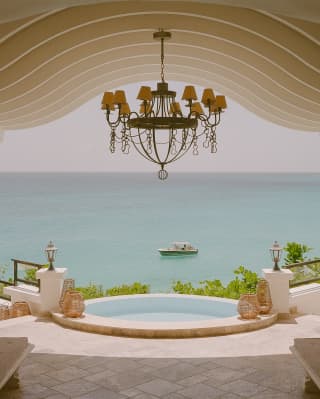
La Samanna: The Sanctuary of St. Martin
Perched above Baie Longue, La Samanna is a place where elegance and tranquillity mingle in perfect harmony. Step inside our legendary hotel, in the heart of Terres Basses.